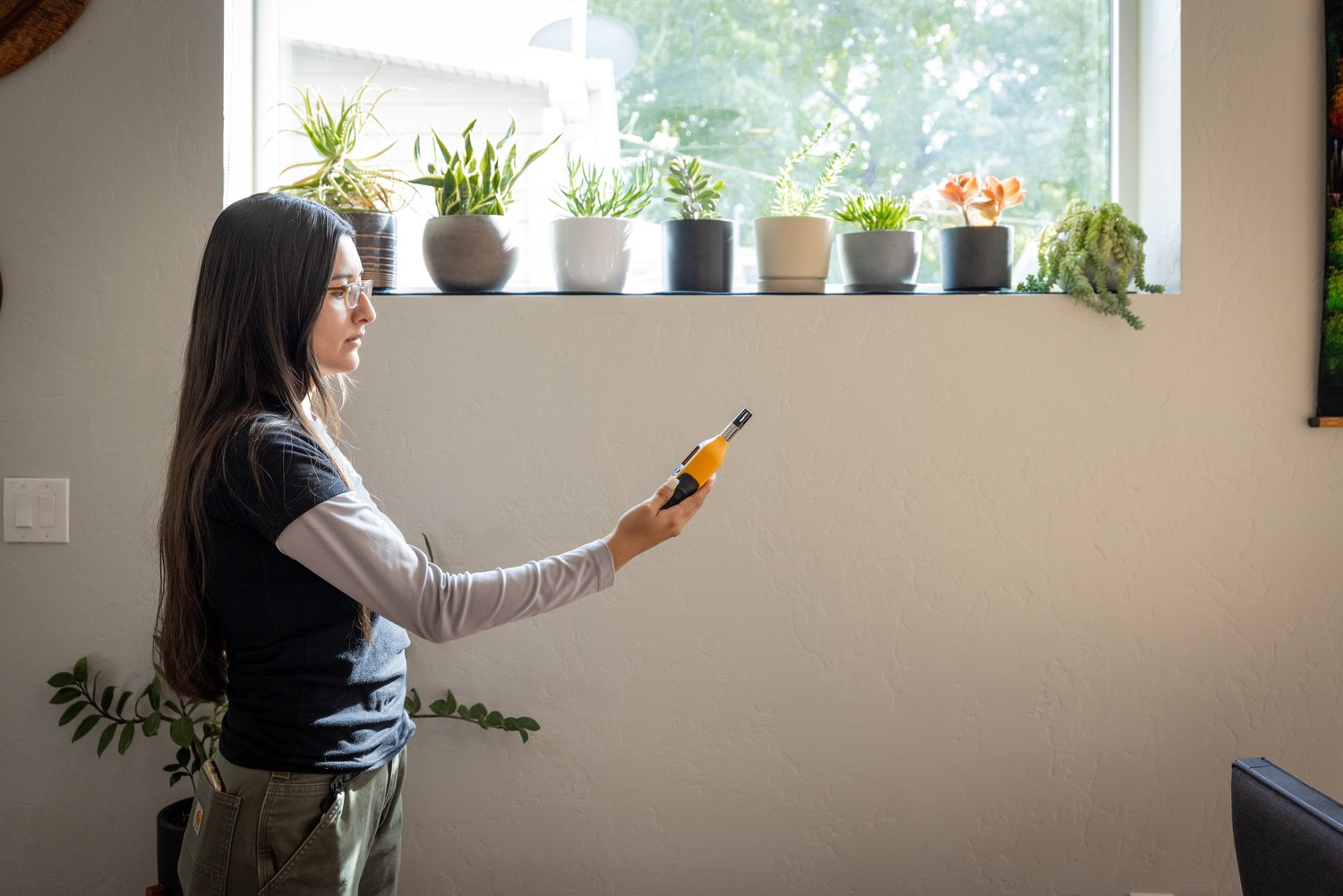Mycotoxin testing Services: A Trick Part in Risk Administration Methods
Mycotoxin testing Services: A Trick Part in Risk Administration Methods
Blog Article
Exactly How Mycotoxin Screening Aids Protect Against Contamination and Guard Food Supplies

Mycotoxin testing is an essential method in the food industry, serving as a frontline defense against contamination by harmful toxins produced by molds. With the application of sophisticated strategies like High-Performance Liquid Chromatography (HPLC) and Fluid Chromatography-Mass Spectrometry (LC-MS), food producers can properly measure and spot mycotoxin degrees in farming items.
Comprehending Mycotoxins
Comprehending mycotoxins starts with identifying that they are harmful second metabolites generated by particular mold and mildews, which can infect farming products. These metabolites are not important for the development or reproduction of the fungi yet can have extreme ramifications for animal and human wellness. Mycotoxins are commonly located in staple crops such as corn, wheat, barley, and nuts, where they can proliferate under details conditions of dampness and temperature level.
There are several kinds of mycotoxins, each created by various fungal varieties. Fusarium types produce fumonisins and trichothecenes, both of which are associated with numerous acute and chronic health and wellness concerns.

Threats of Mycotoxin Contamination
The dangers of mycotoxin contamination are complex, presenting substantial threats to both food safety and public wellness. Mycotoxins, toxic substances created by specific kinds of fungi, can contaminate a broad range of farming products including cereals, nuts, seasonings, dried out fruits, and coffee.
Financial impacts are another significant problem. Infected crops can result in significant economic losses for farmers and food producers because of decreased yields and the need for pricey purification actions. Furthermore, international trade can be dramatically prevented as nations apply strict mycotoxin policies to safeguard their populations, causing declined deliveries and stretched profession relations.
Ecological factors such as environment modification worsen the danger of mycotoxin contamination. Variants in temperature level and humidity can produce favorable problems for fungal growth, enhancing the probability of contamination occasions. Therefore, understanding and alleviating these dangers are vital for guaranteeing the safety and security and integrity of worldwide food materials.
Approaches of Mycotoxin Evaluating
Precisely determining mycotoxin contamination in agricultural items is necessary for protecting public wellness and keeping food safety and security requirements. Various approaches are employed to identify and quantify mycotoxins, each offering certain advantages and restrictions.
High-Performance Fluid Chromatography (HPLC) is a widely used approach due to its high sensitivity and accuracy. It entails separating mycotoxins from various other substances in an example, making it possible for accurate quantification. Fluid Chromatography-Mass Spectrometry (LC-MS) combines liquid chromatography with mass spectrometry to give in-depth molecular information, making it specifically valuable for recognizing multiple mycotoxins concurrently.

Gas Chromatography-Mass Spectrometry (GC-MS) and Thin-Layer Chromatography (TENDER LOVING CARE) are likewise employed, each with special applications. GC-MS works for volatile mycotoxins, while tender loving care provides a less complex, cost-efficient alternative for initial testing.
Advantages of Regular Evaluating
Routine screening for mycotoxins in agricultural products offers numerous advantages, considerably adding to public health and food safety and security. By recognizing contamination early, regular testing aids avoid the circulation of poisonous foods, thereby try this out reducing the danger of mycotoxin-related illnesses amongst consumers. This proactive method not only safeguards human wellness however additionally enhances the total quality of food supplies.
Various countries and regions have actually established rigorous limits for mycotoxin degrees in food and feed. Sticking to these limitations through regular testing makes certain that manufacturers and providers satisfy lawful standards, thus preventing charges and profession obstacles.
Furthermore, routine mycotoxin testing can bring about significant economic benefits. Early detection of contamination allows for timely intervention, decreasing potential losses from extensive contamination. Executing normal screening procedures can additionally decrease recall costs and associated liabilities, which can be monetarily devastating.
Moreover, regular screening provides useful information that can notify far better agricultural practices and storage space problems. By understanding patterns of contamination, manufacturers can adopt precautionary procedures, consequently adding and decreasing future dangers to the sustainability of the food supply chain.
Carrying Out Evaluating Methods
Executing efficient mycotoxin screening procedures is important for making sure the safety and security and quality of agricultural products. Developing a durable testing framework includes multiple crucial actions, starting with the recognition of potential contamination factors within the manufacturing and supply chain. This includes pre-harvest, post-harvest, storage space, and circulation stages. Each stage should be looked at to determine where mycotoxin contamination is most likely to occur.
As soon as vital control points are determined, selecting proper testing methods is important. Common techniques include enzyme-linked immunosorbent assay (ELISA), high-performance fluid chromatography (HPLC), and mass spectrometry (MS) Each method has its weaknesses and toughness; hence, selecting the right one depends upon the certain mycotoxin being evaluated, the required level of sensitivity, and readily available resources.

Lastly, integrating the screening protocols right into an extensive food safety and security management system is suggested. This enhances traceability and enables quick rehabilitative actions when contamination is found, consequently click this site guarding the honesty of the food supply chain.
Final Thought
Mycotoxin testing is essential in protecting against contamination Resources and protecting food products by making it possible for early discovery of hazardous contaminants created by molds in farming products. Regular testing enhances brand reputation, financial stability, and depend on in food security by reducing contamination-related losses and keeping high standards in food production.
Mycotoxin screening is an essential technique in the food market, serving as a frontline protection against contamination by hazardous toxins created by molds. An incorporated technique including farming methods, storage administration, and routine testing can mitigate the threats linked with mycotoxin contamination, guaranteeing food safety and public wellness.
The dangers of mycotoxin contamination are diverse, posing considerable risks to both food security and public health.Routine testing for mycotoxins in agricultural items provides various advantages, substantially contributing to public health and food security.Mycotoxin testing is important in preventing contamination and guarding food products by making it possible for very early detection of hazardous toxic substances generated by mold and mildews in farming products.
Report this page